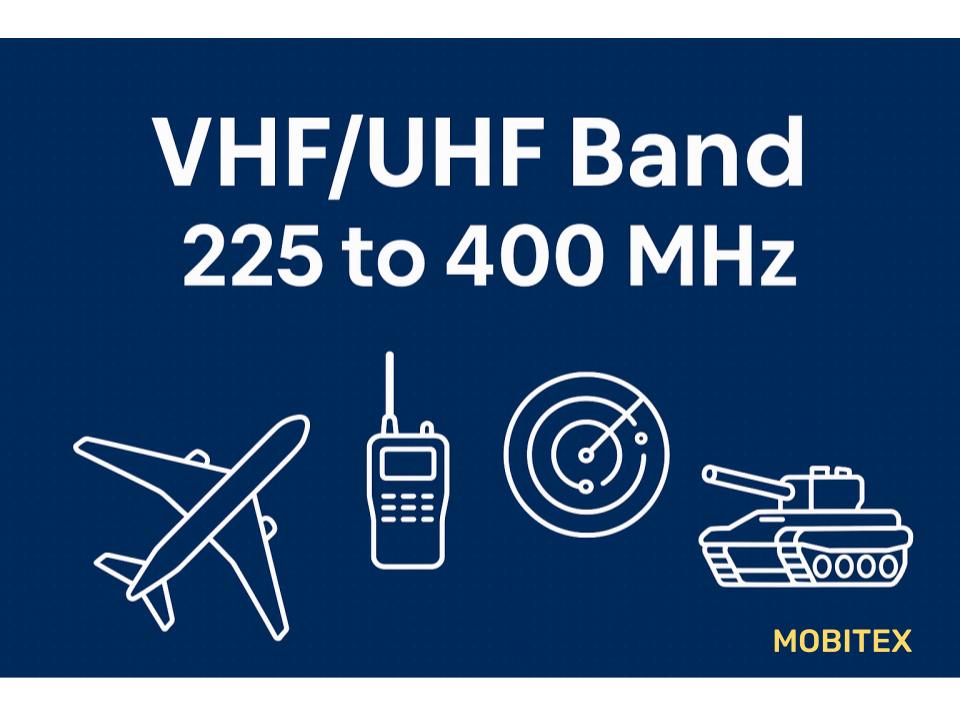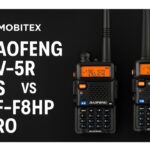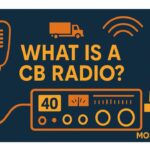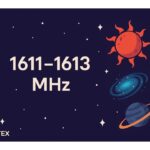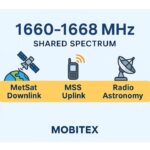The 225–400 MHz frequency range sits within the upper portion of the VHF and the lower UHF spectrum. It’s one of the most strategically important blocks of radio spectrum in the world — reserved primarily for military, aviation, and defense operations.
This band powers everything from secure aircraft communications and tactical data links to satellite uplinks and radar systems. Let’s explore what makes the 225–400 MHz band so vital, who uses it, and how it’s organized globally.
🌍 Band Overview
| Parameter | Details |
|---|---|
| Frequency Range | 225 MHz – 400 MHz |
| Band Type | Upper VHF / Lower UHF |
| Primary Users | Military, Government, Aviation |
| ITU Allocation | Region 1, 2, 3 (Global Defense Coordination) |
| Wavelength Range | 1.33 m – 0.75 m |
| Typical Bandwidths | 25 kHz (voice), 8.33 kHz (narrowband), or wideband digital channels |
✈️ Primary Applications
1. Military Air-to-Air and Air-to-Ground Communications
This band is the global standard for military aircraft voice and data communications.
It’s used for:
- Secure UHF AM voice between aircraft and control towers
- Ground-based command and airborne tactical nets
- Aerial refueling coordination and formation flying
Common voice channels include 225–380 MHz, using 25 kHz AM spacing.
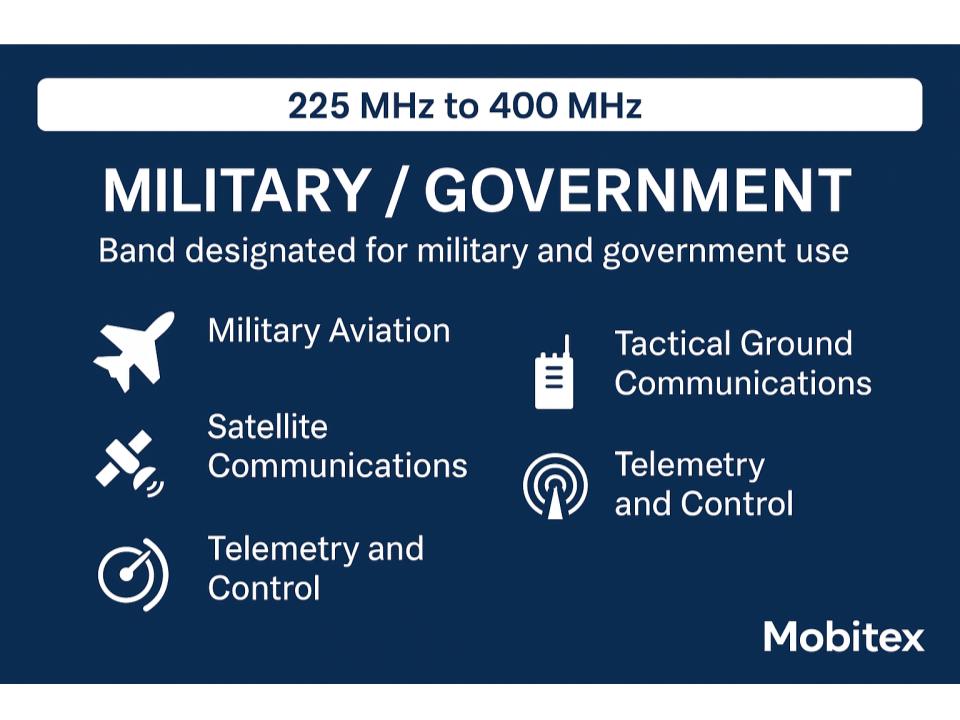
2. SATCOM Uplinks (UHF Military Satellite Communications)
Frequencies between 243 MHz and 270 MHz and 290 MHz to 320 MHz are often allocated to UHF SATCOM uplinks.
These support:
- Global military voice/data links
- Secure and anti-jam communications
- Portable, mobile, and maritime terminals
Key SATCOM systems include:
- UHF Follow-On (UFO)
- MUOS (Mobile User Objective System)
- Skynet (UK)
3. Search and Rescue (SAR) & Emergency Beacons
- 243.000 MHz is the international military distress frequency, paired with 121.5 MHz (civilian).
- Used by emergency beacons (ELTs), aircraft, and ground rescue teams.
Although Cospas-Sarsat now uses 406 MHz beacons, 243 MHz remains a guard frequency on many military radios.
4. Tactical Data Links (TADIL / Link 16)
The upper part of the band — around 960–1215 MHz — is used by Link 16, but the 225–400 MHz range supports precursor systems and interoperable tactical nets for air and ground coordination.
Modern data networks in this range include:
- SINCGARS (Single Channel Ground and Airborne Radio System)
- HAVE QUICK II – frequency-hopping, anti-jam voice for NATO aircraft
- SATURN (Second-generation Anti-jam Tactical UHF Radio for NATO)
🛰️ Typical Systems and Equipment
| System / Radio Type | Typical Frequency Range (MHz) | Use Case |
|---|---|---|
| AN/ARC-210 | 30 – 512 | Airborne AM/FM multi-band |
| PRC-117G | 30 – 512 | Tactical voice & data |
| PRC-152A | 30 – 512 | Handheld military radio |
| HAVE QUICK II Radios | 225 – 400 | Frequency-hopping anti-jam AM voice |
| MUOS Terminals | 240 – 320 | UHF SATCOM uplink |
🧭 Band Segmentation (Typical NATO/US Allocation)
| Sub-Band (MHz) | Primary Use |
|---|---|
| 225 – 243 | General Air Operations / Tactical Voice |
| 243.000 | International Military Distress (Guard Channel) |
| 243 – 270 | UHF SATCOM Uplink |
| 270 – 320 | UHF SATCOM / Tactical Data |
| 320 – 380 | Airborne Voice & Control |
| 380 – 400 | Ground Tactical, Trunked, and Test Systems |
These allocations vary slightly by country and ITU region, but coordination is globally standardized for NATO and allied operations.
🧠 Technical Characteristics
- Modulation: AM (voice), FM (data), or digital spread-spectrum
- Channel Spacing: 25 kHz standard (some narrowband 8.33 kHz)
- Polarization: Vertical (airborne antennas)
- Typical Power: 10–50 W for airborne radios; up to 100 W for ground stations
- Antenna Length: ~0.5–1.2 m quarter-wave verticals
⚙️ Propagation & Performance
- Line-of-Sight (LOS) range typically 200–300 km from high-altitude aircraft
- Excellent tropo-scatter and ducting performance, improving over-horizon reach
- UHF SATCOM in this range allows beyond-line-of-sight (BLOS) coverage
The balance between wavelength and antenna size makes the 225–400 MHz band ideal for aircraft, ship, and vehicle platforms.
🌎 Regional Notes
| Region | Primary Authority | Key Notes |
|---|---|---|
| ITU Region 1 (Europe/Africa) | NATO / CEPT | Harmonized under NATO Joint Civil/Military Frequency Agreement |
| ITU Region 2 (Americas) | US DoD / NORAD | Shared with Air Force and Navy UHF systems |
| ITU Region 3 (Asia-Pacific) | Regional Defense Ministries | Generally aligned with NATO structure |
🧩 Transition & Modernization
The 225–400 MHz band is evolving to support modern waveforms and digital interoperability, including:
- SATURN (NATO) replacing HAVE QUICK II
- Software-defined radios (SDRs) for flexible waveform use
- Interoperability with civil air traffic systems (via coordination below 225 MHz)
- Spectrum protection against commercial encroachment (e.g., 380–400 MHz reserved for emergency/trunked networks)
🧾 Summary
| Aspect | 225–400 MHz Band Highlights |
|---|---|
| Band Range | 225 – 400 MHz |
| Primary Users | Military, Aviation, SATCOM |
| Key Uses | UHF AM Voice, Data, Tactical Networks, UHF SATCOM |
| Distress Channel | 243 MHz |
| Advantages | Reliable LOS range, compact antennas, secure digital ops |
| Notable Systems | HAVE QUICK, SATURN, MUOS, ARC-210, PRC-117 |
The 225–400 MHz military band remains one of the most critical global communication ranges, ensuring coordination across air, land, sea, and space — connecting pilots, command centers, and satellites with unmatched reliability.
